
Medical Device Testing Lab
China JJR Medical Device testing laboratory
China JJR Medical Device Testing Laboratory is a nationally accredited laboratory recognized by the China National Accreditation Service for Conformity Assessment (CNAS). The lab is qualified to perform electromagnetic compatibility (EMC), safety compliance, and performance testing for medical device products. The company has established cooperative relationships with several international notified bodies, including TÜV (Germany), Nemko, Det Norske Veritas (DNV), UL, and Med-Cert.

CE certification for Medical Devices
The CE mark is crucial for medical devices, ensuring their compliance with health and safety regulations. The market approval and regulatory oversight of CE-marked products are strictly enforced across various countries. In the EU, the Medical Device Directive (Council Directive 93/42/EEC & 2007/43/EC, commonly referred to as the MDD Directive) provides comprehensive requirements.
Applicable Scope: Medical devices marketed in all EU member states and certain non-EU countries.
CE Certification Categories:
1. Medical Device Directive (93/42/EEC & 2007/43/EC):
Covers products like medical gloves, thermometers, ECG machines, and patient monitors.
2. In Vitro Diagnostic Medical Device Directive (98/79/EC):
Covers products like blood/urine analyzers, biochemical analyzers, ELISA readers, and glucose meters.
3. Active Implantable Medical Device Directive (90/385/EEC):
Covers products like cardiac pacemakers.

Medical Device Product Classification:
According to Appendix IX of the MDD Directive, medical devices are classified as:
- Class I
- Class I (with sterilization or measurement functions)
- Class IIa
- Class IIb
- Class III
Different classifications require varying certification pathways.
ISO 13485 System
ISO 13485:2016, "Medical Devices – Quality Management Systems – Requirements for Regulatory Purposes," outlines globally harmonized regulatory compliance requirements. It is considered a prerequisite for meeting EU medical device product management regulations. The system applies to all medical device manufacturers, component suppliers, subcontractors, and distributors.
ISO 13485:2016 Certification Categories:
1. Class I:
Self-declaration for design and production phases. Applicable products: Examination gloves.
2. Class Is (with sterilization function):
Self-declaration for design and production phases. Applicable products: Umbilical clamps.
3. Class Im (with measurement function):
Self-declaration for design; notified body involvement for production. Applicable products: Thermometers.
4. Class IIa:
Self-declaration for design; notified body involvement for production. Applicable products: Thermometers.
5. Class IIb:
Notified body involvement for both design and production phases. Applicable products: Patient monitors, ultrasound devices.
6. Class III:
Notified body involvement for both design and production phases. Applicable products: Cardiac pacemakers.
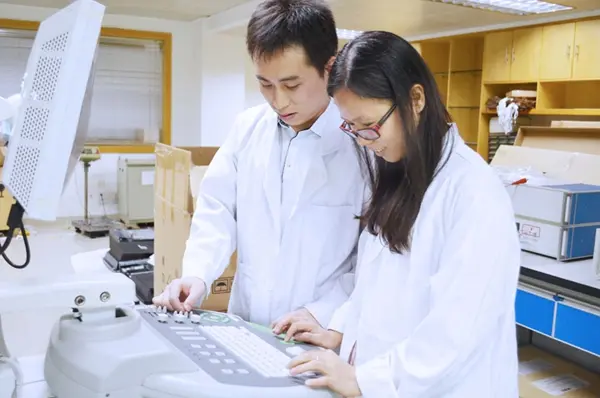
Medical Device Testing Standards
MDD – Medical Devices
- EMC Testing Standards: IEC/EN 60601-1-2
- Safety Testing Standards: IEC/EN 60601-1
IVDD – In Vitro Diagnostics
- EMC Testing Standards: IEC/EN 61326-1, IEC/EN 61326-2-6
- Safety Testing Standards: IEC/EN 61010-1, IEC/EN 61010-2-101, IEC/EN 61010-2-081
All standards are updated to the latest versions under CNAS scope extension.
Harmonized Standards
ECG Devices
- IEC/EN/AAMI IEC 60601-2-27
- IEC/EN/AAMI IEC 60601-2-25
- IEC/EN 60601-2-47
Thermometers
- ISO 80601-2-56
- EN 12470-3
- EN 12470-4
- EN 12470-5
- ASTM E1112-00
- ASTM E1965-98
Pulse Oximeters
- ISO 80601-2-61
Non-Invasive & Invasive Blood Pressure Monitors
- IEC 80601-2-30
- ISO 81060-1
- ISO 81060-2
- IEC/EN 60601-2-34
Multi-Parameter Monitors
- IEC/EN 60601-2-49
Infusion Pumps and Controllers
- IEC/EN 60601-2-24
Laser Diagnostic and Therapeutic Equipment
- IEC/EN 60601-2-22
Medical Beds
- IEC/EN 60601-2-52
Other Devices
- IEC/EN 60601-1-8
- IEC/EN 60601-1-11
- IEC/EN 60601-2-10
- IEC/EN 60601-2-40
- IEC/EN 80601-2-35
All standards are updated to the latest versions under CNAS scope extension.
Our Services
1. Product Testing
- Provide medical device product testing services in compliance with international standards.
2. ISO 13485 System Guidance
- Offer professional guidance for ISO 13485 quality management system certification.
3. EU Representative Recommendation
- Assist enterprises in selecting suitable EU authorized representatives to ensure CE certification compliance.
4. TCF Technical File Guidance
- Assist clients in drafting technical files to meet EU regulatory requirements.
FDA Registration
The U.S. Food and Drug Administration (FDA), under the Department of Health and Human Services, is a federal agency responsible for regulating the following sectors:
- Foods and dietary supplements
- Drugs, vaccines, and biological products
- Blood products
- Medical devices and radiological devices
- Veterinary products and cosmetics
The Center for Devices and Radiological Health (CDRH) oversees the management of medical devices.
Scope of Medical Devices
Based on intended use and potential harm to humans, the FDA classifies medical devices into three categories:
- Class I: Lowest risk (e.g., medical gloves)
- Class II: Moderate risk (e.g., surgical gloves, electric wheelchairs)
- Class III: Highest risk (e.g., pacemakers)
Each medical device is clearly categorized in the FDA’s product classification database. There are over 1,800 types of medical devices, and classification and regulatory requirements must be determined before entering the U.S. market.
Registration Models
1. Class I Medical Devices
- General Controls: 510(K) Exempt
- Special Controls: 510(K)
- Only registration and obtaining a registration number are required, such as for lenses, frames, or crutches.
2. Class II Medical Devices
- Special Controls: 510(K)
- General Controls: 510(K) Exempt
- Submission of a 510(K) premarket notification is required, such as for dental instruments, surgical gloves, or electric wheelchairs.
3. Class III Medical Devices
- Premarket Approval (PMA)
- Special Controls: 510(K)
- Applicable for high-risk products, such as pacemakers.
All medical devices require company registration and product listing.
Our Services
1. FDA Registration Services
- Develop test plans and provide testing services.
- Assist in preparing information required for 510(K) documentation.
- Draft 510(K) documentation.
- Recommend U.S. agent services.
- Communicate with designated review bodies.
- Assist in completing company registration and product listing.
Laboratory Configuration
New Medical Standards
1. Mobile Electrocardiographic Systems
- Standards: IEC 60601-2-47:2012, EN 60601-2-47:2001
2. Non-Invasive Blood Pressure Monitors
- Standards: ISO 81060-1:2007, EN ISO 81060-1:2012
3. Invasive Blood Pressure Monitoring Equipment
- Standards: YY 0783-2010, IEC 60601-2-34:2011, EN 60601-2-34:2000
4. Medical Beds
- Standards: YY 0571-2013, IEC 60601-2-52:2009/Cor1:2010, EN 60601-2-52:2010/AC:2011
5. Laser Diagnostic and Therapeutic Equipment
- Standards: GB 9706.20-2000, IEC 60601-2-22:2007+A1:2012, EN 60601-2-22:1996
6. Infusion Pumps and Controllers
- Standards: GB 9706.27-2005, IEC 60601-2-24:2012, EN 60601-2-24:1998
7. Medical Equipment Alarm Systems
- Standards: IEC 60601-1-8:2006+A1:2012, EN 60601-1-8:2007+A1:2013
8. Intermittent Electronic Thermometers
- Standards: ASTM E1112-00(2011)
9. Intermittent Infrared Thermometers
- Standards: ASTM E1965-98(2009)
Scope of Medical Electronic Product Testing
I. CE Certification for Medical Device Products
Medical devices are closely linked to user health and safety, and their market approval and regulation are strictly enforced in all countries. In the EU, the Medical Device Directive (Council Directive 2007/43/EC concerning medical devices, abbreviated as MDD) provides comprehensive regulations.
Applicable Scope: Medical devices listed in all EU member states and certain non-EU countries.
Categories of CE Certification for Medical Devices
1. Medical Device Directive (General)
- Directive: 2007/43/EC
- Examples: Medical Gloves, Thermometers, ECG Machines, Patient Monitors
2. In Vitro Diagnostic Medical Devices Directive
- Directive: 98/79/EC
- Examples: Blood/Urine Analyzers, Biochemical Analyzers, ELISA Readers, Glucometers
3. Active Implantable Medical Devices Directive
- Directive: 90/385/EEC
- Examples: Cardiac Pacemakers
ISO 13485 System
ISO 13485:2012, "Medical Devices – Quality Management Systems – Requirements for Regulatory Purposes," is a global standard for regulatory compliance.
This system is often regarded as a prerequisite for complying with EU medical device management requirements. EU Notified Bodies audit the quality systems of manufacturers based on ISO 13485 and ISO 14971 to ensure effectiveness and compliance.
Classification of Medical Devices
According to Appendix IX of the MDD Directive, medical devices are classified into the following categories:
- Class I
- Class I with Sterilization or Measurement Functions
- Class IIa
- Class IIb
- Class III
Each category requires specific certification procedures.
Classification and Requirements
1. Class I
- Design Phase: Self-Declaration of Conformity
- Production Phase: Self-Declaration of Conformity
- Examples: Examination Gloves
2. Class I with Sterilization Function (IS)
- Design Phase: Self-Declaration of Conformity
- Production Phase: Notified Body Involvement
- Examples: Umbilical Clamps
3. Class I with Measurement Function (IM)
- Design Phase: Self-Declaration of Conformity
- Production Phase: Notified Body Involvement
- Examples: Thermometers
4. Class IIa
- Design Phase: Self-Declaration of Conformity
- Production Phase: Notified Body Involvement
- Examples: ECG Machines
5. Class IIb
- Design Phase: Notified Body Involvement
- Production Phase: Notified Body Involvement
- Examples: Patient Monitors, Ultrasound Devices
6. Class III
- Design Phase: Notified Body Involvement
- Production Phase: Notified Body Involvement
- Examples: Cardiac Pacemakers
General Standards
EMC Testing Standards
- IEC/EN 60601-1-2:2007
- IEC/EN 61326-2-6, etc.
Safety Testing Standards
- IEC/EN 60601-1 (including the 2nd and 3rd editions)
- IEC/EN 61010-1
Specific Standards Testing
1. IEC/EN 60601-2-51: ECG Machines
2. IEC/EN 60601-2-25
3. EC11
4. IEC/EN 60601-2-49: Patient Monitors, ECG
5. IEC/EN 60601-2-27
6. EC13
7. EN 1060-1: Non-Invasive Blood Pressure Monitors
8. EN 1060-3
9. IEC 60601-2-30: Patient Monitors, NIBP
10. ANSI/AAMI SP10: Sphygmomanometers
11. IEC/EN 60601-2-10: Neuromuscular Stimulators
12. IEC/EN 60601-2-40: Electromyographs and Evoked Response Devices
13. IEC/EN 80601-2-35: Electric Blankets, Pads, and Mattresses
14. IEC/EN 60601-2-38: Electric Medical Beds
15. IEC/EN 60601-1-1: System Coordinate Standards for Medical Systems
16. ISO 80601-2-56, EN 12470-3/-4/-5: Thermometers
17. IEC 60601-2-47:2012, EN 60601-2-47:2001:
Safety, including essential performance, of ambulatory electrocardiographic systems
18. ISO 81060-1:2007, EN ISO 81060-1:2012:
Non-Invasive Blood Pressure Monitors, Part 1 (Non-Automated Measurement Type)
19. YY0783-2010, IEC 60601-2-34:2011, EN 60601-2-34:2000:
Invasive Blood Pressure Monitoring Equipment
20. YY0571-2013, IEC 60601-2-52:2009/Cor1:2010, EN 60601-2-52:2010/AC:2011:
Medical Beds
21. GB 9706.20-2000, IEC 60601-2-22:2007+A1:2012, EN 60601-2-22:1996:
Diagnostic and Therapeutic Laser Equipment
22. GB 9706.27-2005, IEC 60601-2-24:2012, EN 60601-2-24:1998:
Infusion Pumps and Controllers
23. IEC 60601-1-8:2006+A1:2012, EN 60601-1-8:2007+A1:2013:
Alarm Systems in Medical Electrical Equipment and Medical Electrical Systems
24. ASTM E1112-00(2011):
Electronic Thermometers for Intermittent Determination of Patient Temperature
25. ASTM E1965-98(2009):
Infrared Thermometers for Intermittent Determination of Patient Temperature
Our Services
1. Product Testing
2. ISO 13485 System Guidance
3. EU Representative Recommendation
4. TCF Technical File Preparation Assistance
FDA Registration
The U.S. Food and Drug Administration (FDA) regulates products sold in the U.S. market, including medical devices, food, drugs, biological products, and cosmetics.
Regulatory Body: The Center for Devices and Radiological Health (CDRH) oversees the management of medical devices.
Scope of Medical Devices
Based on intended use and potential harm to humans, the FDA classifies medical devices into three categories:
- Class I: Low risk, minimal regulatory controls (e.g., medical gloves).
- Class II: Moderate risk, subject to special controls (e.g., dental instruments, surgical gloves, electric wheelchairs).
- Class III: High risk, stringent regulatory controls (e.g., cardiac pacemakers).
Registration Models
1. Class I Medical Devices (General Controls)
- Requires only registration on the FDA website and obtaining a registration number.
- Examples: Lenses, frames, crutches.
2. Class II Medical Devices (Special Controls)
- Requires submission of a 510(K) premarket notification.
- Examples: Dental instruments, surgical gloves, electric wheelchairs.
3. Class III Medical Devices (Premarket Approval)
- Requires submission of clinical trial data and evidence of safety and effectiveness.
- Examples: Cardiac pacemakers.
Our FDA Registration Services
We provide comprehensive FDA registration assistance, including:
1. 510(K) Documentation Preparation:
- Support in drafting and submitting premarket evaluation documents required by the FDA.
2. U.S. Representative Services:
- Recommend and assist in selecting qualified U.S. representatives to meet FDA requirements.
3. PIN Code Application:
- Help businesses apply for FDA-assigned PIN codes.
4. Registration and Operation Number Acquisition:
- Assist in completing FDA registration and obtaining operation, registration, and product listing numbers.
Email:hello@jjrlab.com
Write your message here and send it to us
 Toothbrush FDA Certification Testing
Toothbrush FDA Certification Testing
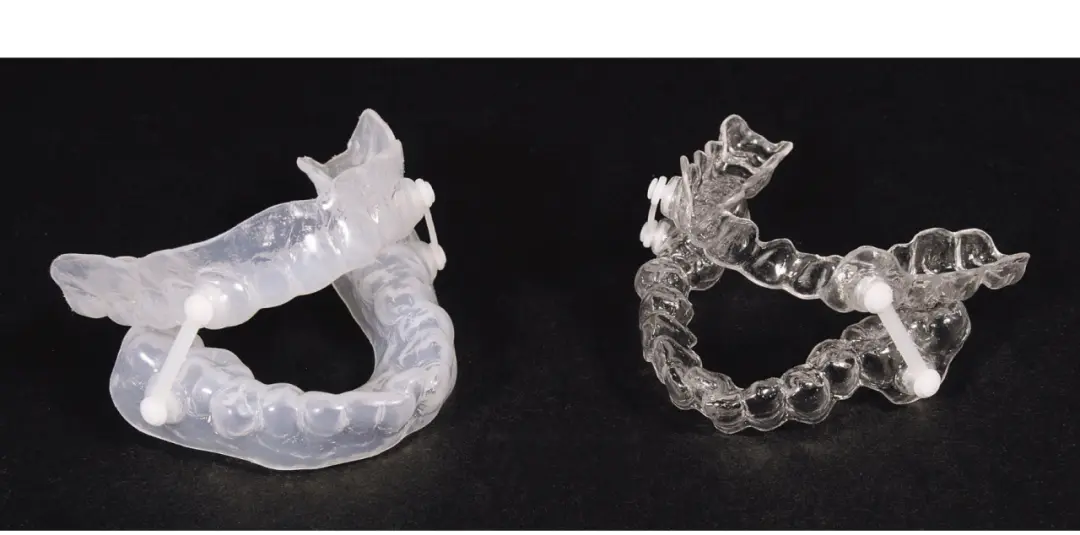 Snoring Device FDA 510k Standard Testing
Snoring Device FDA 510k Standard Testing
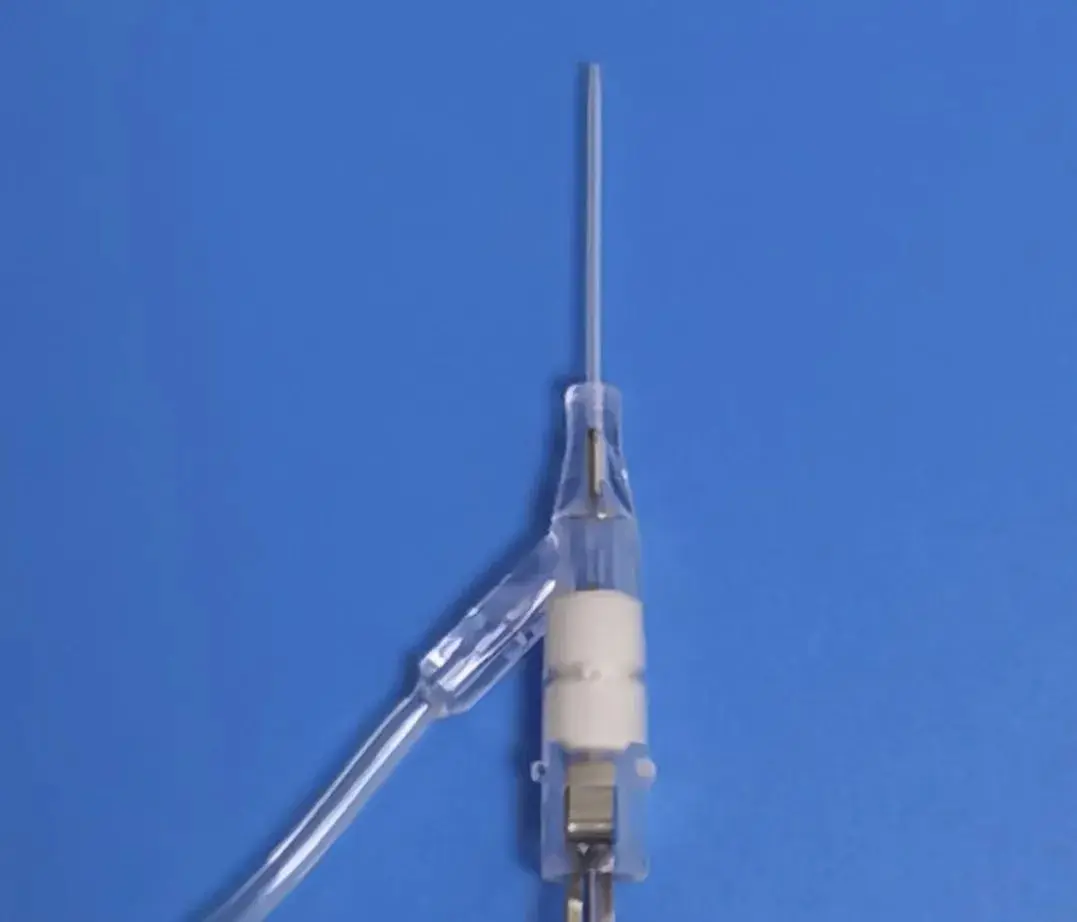 Single Use Intravenous Catheter Certification Test
Single Use Intravenous Catheter Certification Test
 Silicone Material Product Compliance Certification
Silicone Material Product Compliance Certification
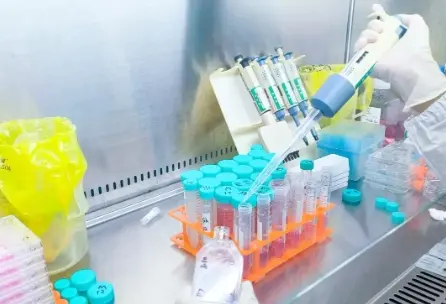 What to Do If Cytotoxicity Test Results Are Positi
What to Do If Cytotoxicity Test Results Are Positi
 ISO 10993:5 Cytotoxicity Testing Methods
ISO 10993:5 Cytotoxicity Testing Methods
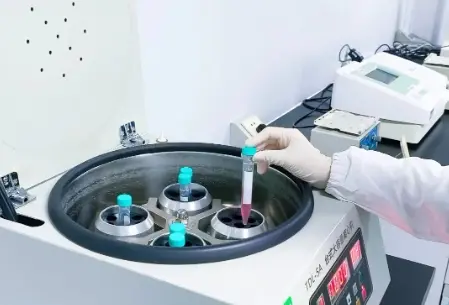 FDA ISO 10993-1 Biocompatibility Evaluation Guidel
FDA ISO 10993-1 Biocompatibility Evaluation Guidel
 In Vitro Cytotoxicity Testing for Medical Devices
In Vitro Cytotoxicity Testing for Medical Devices
Leave us a message
24-hour online customer service at any time to respond, so that you worry!




